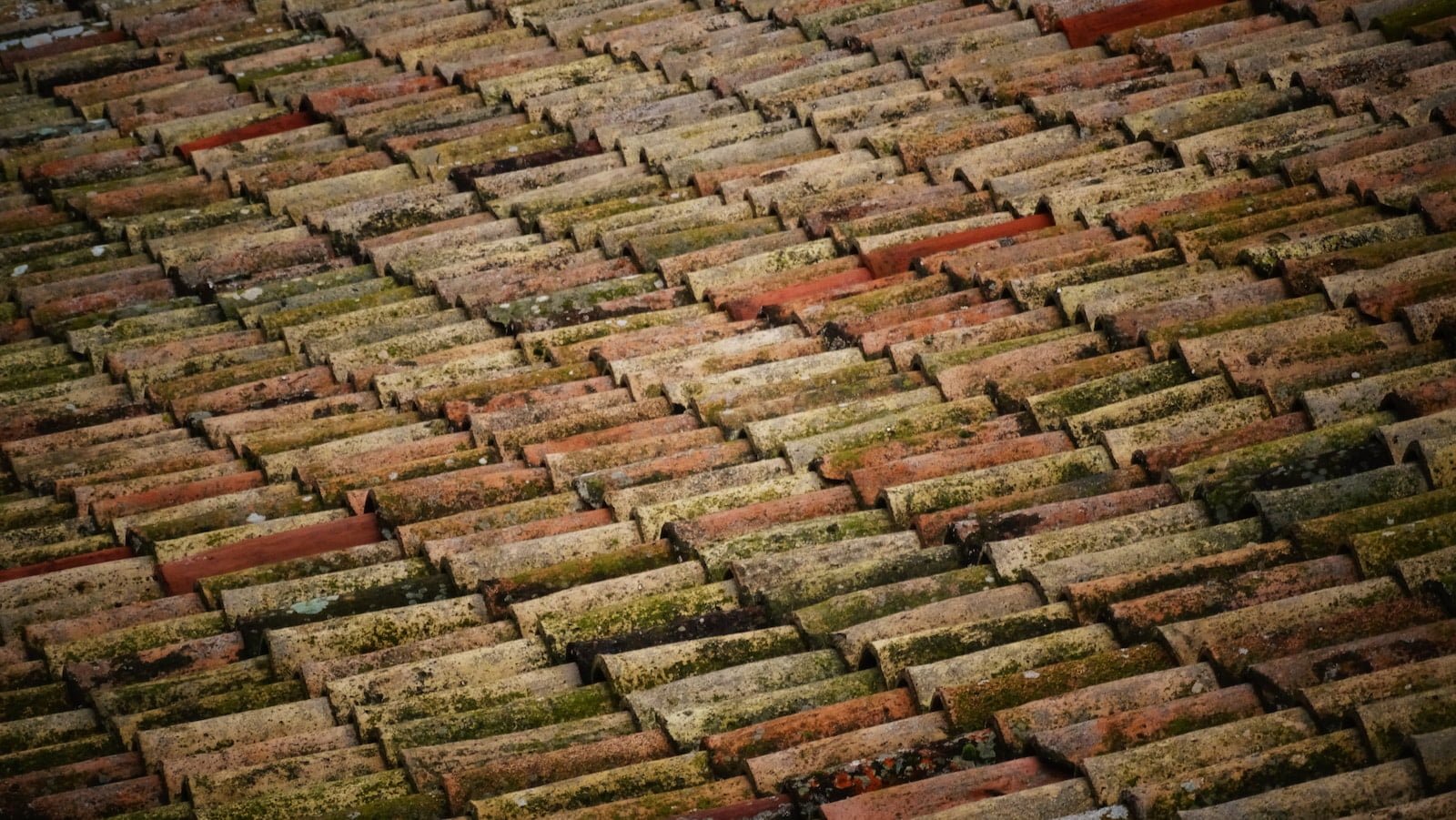Roofing DIY Tips for Success
If you’re a homeowner, you know how important it is to keep your roof in good condition. However, hiring a professional roofer can be expensive, and sometimes it’s just not in the budget. That’s where DIY roofing comes in. But before you start climbing up on your roof, it’s important to have a basic understanding of the materials and tools needed for The Right Way to DIY Your Roof.
First and foremost, you need to know what type of roofing material is best for your home. There are many options to choose from, including asphalt shingles, metal roofing, and clay tiles. Each material has its own advantages and disadvantages, so it’s important to do your research and choose the one that’s right for your home and budget.
Once you’ve decided on the right material, you’ll need to gather the necessary tools. This includes everything from a ladder and safety harness to a hammer, nails, and roofing cement. Having the right tools on hand can make all the difference when it comes to completing your roofing project safely and efficiently.
Safety First: Essential Precautions for The Right Way to DIY Your Roof
Another essential precaution to take when DIY-ing your roof is to wear the right protective gear. This includes a hard hat, safety glasses, and non-slip shoes. A hard hat will protect your head from any falling debris, while safety glasses will protect your eyes from any flying debris. Non-slip shoes are also important as they will provide you with the necessary traction to move around the roof without slipping and falling. Additionally, make sure to wear gloves to protect your hands from sharp roofing materials and a dust mask to avoid inhaling any harmful particles.
It’s also important to ensure that you have the right tools for the job. This includes a sturdy ladder, a roofing hammer, roofing nails, a utility knife, and a chalk line. Make sure that your ladder is secure and stable before climbing up to the roof. Use the roofing hammer and nails to secure shingles or other roofing materials in place. The utility knife will come in handy when cutting roofing materials to size, while the chalk line can be used to ensure that your roof is straight and level.
By taking these essential precautions and having the right tools for the job, you can safely and confidently DIY your roof. However, if you feel unsure or uncomfortable about any aspect of the job, it’s always best to call in a professional. Remember, safety should always come first when working on your roof.
Planning and Preparation: Step-by-Step Guide for The Right Way to DIY Your Roof
Once you have decided to DIY your roof, the first step is to plan and prepare. This will ensure that your project is a success and that you are safe while working on your roof. The first thing you need to do is to determine the type of roof you have. This will help you choose the right materials and tools for the job. You should also check the weather forecast to ensure that you have clear skies during the duration of your project.
The next step is to gather all the necessary tools and materials. This includes safety equipment such as gloves, goggles, and a hard hat. You will also need roofing materials such as shingles, underlayment, and flashing. Make sure that you have all the tools you need such as a hammer, nails, a saw, and a ladder. It is important to invest in high-quality tools and materials to ensure that your roof lasts for years to come.
Once you have all the necessary tools and materials, it is time to prepare your roof. This involves cleaning the roof and removing any debris or loose shingles. You should also inspect your roof for any damage or leaks. If you find any damage, it is important to repair it before installing new roofing materials.
Planning and preparation are crucial steps in DIYing your roof. By following these steps, you can ensure that your project is a success and that you are safe while working on your roof. Remember to invest in high-quality tools and materials, and to always follow safety guidelines.
Choosing the Right Materials for Your Roof
Before you start installing your roof, it is crucial to choose the right materials that will suit your home’s design and location. The materials you choose should be durable, weather-resistant, and energy-efficient. Some popular roofing materials include asphalt shingles, metal roofing, clay tiles, and slate. Each material has its advantages and disadvantages, so it’s best to research and compare them before making a final decision.
When choosing your roofing materials, consider the climate in your area. If you live in an area with heavy rainfall or snowfall, you may want to choose a material that is more resistant to water damage. If you live in an area with high winds, you may want to choose a material that is more resistant to wind damage. Additionally, consider the color of your roofing material. Lighter colors reflect sunlight and can help keep your home cooler, while darker colors absorb heat and can help keep your home warmer during the colder months.
By choosing the right materials for your roof, you can ensure that your DIY installation will be successful and long-lasting. Remember to always follow safety guidelines and manufacturer instructions when installing your roof. With the right materials and techniques, you can save money and achieve a beautiful, functional roof that will protect your home for years to come.
Maintenance and Repair: Expert Advice for The Right Way to DIY Your Roof
When it comes to maintaining and repairing your roof, it is important to have the right tools and knowledge to do it properly. One of the most important things to keep in mind is safety. Always make sure you have a sturdy ladder and wear appropriate safety gear such as a helmet, gloves, and non-slip shoes.
Before starting any repairs, it is important to assess the damage and determine the best course of action. If the damage is minor, such as a few missing shingles, it may be possible to do the repair yourself. However, if the damage is extensive or involves structural issues, it is best to hire a professional.
When it comes to DIY roof repairs, it is important to use the right materials and techniques. For example, using the wrong type of shingles or nails can lead to further damage and costly repairs down the line. It is also important to properly seal any areas where water can enter, such as around chimneys or vents.
Regular maintenance is also key to keeping your roof in good condition. This includes cleaning gutters and removing any debris that may accumulate on the roof. Inspecting your roof regularly for signs of damage, such as cracked or missing shingles, can also help prevent larger issues from arising.
By following these expert tips for DIY roof maintenance and repair, you can ensure that your roof stays in good condition and lasts for years to come.

